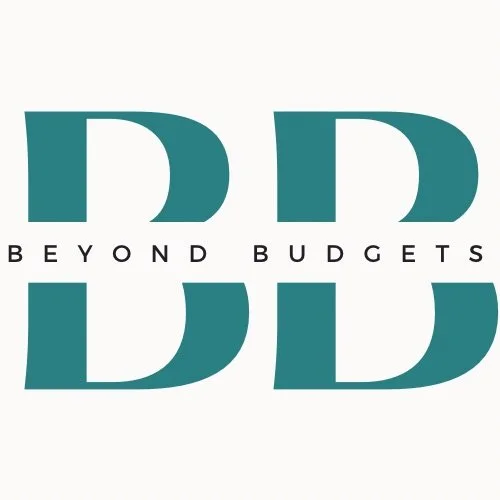Spring Cleaning: Money Edition
Spring is officially here. And for me that means I finally have the energy and motivation to tidy up around the home.
In my home winter is a time of hunkering down with blankets, hoodies, and snacks. Lots of snacks. And after the holidays the clutter seems to accumulate in every corner, no matter how hard I try to prevent it. All the stuff keeps us cozy through winter, and spring is when we emerge from the crowded cave with invigoration to put away or toss the clutter and allow the light to shine back in.
I have three kids, ADHD, and an inclination to make aspirational purchases for hobbies & activities I don’t always pursue. So my household accumulates stuff, and I tend to lose things in the clutter. Routine tidying is a must for my sanity.
You know that nice feeling that comes with a freshly-tidied home or workspace. Cleanliness is scientifically tied to peace, happiness, and mental health. And studies show additional benefits of cleaning as both an energy outlet and a sense of control.
When my family and I clean up our space, we have to start by making the mess worse. We drag all of the junk out from under the beds, pull toys out of bins, and make piles. Only when we see the stuff can we sort and organize it all.
Sorting and organizing spaces helps us rediscover things we’ve forgotten, remove things we don’t need, and pinpoint the things we do. With stuff, we manage what we monitor.
The same is true for finances.
In this first installment of our Spring Cleaning series, I’ll cover the first three steps to help you find what matters, ditch what doesn’t, and clean up your finances for spring.
Know Your Numbers
Know where your spending, savings, and investment accounts are and how much is in each. You may be surprised how often I talk with people who didn’t know this information before starting this process. It’s common but so easily solved.
On a spreadsheet, word file, or piece of paper list each account name, location, and balance. Note how each account is used.
For example, my SoFi account is where my emergency fund is with 6 months expenses; my Capital One Savings is where my goal savings accounts are, and my checking account is the account I use to pay bills. My long term investments are in a few Fidelity and Vanguard accounts.
List out each debt, find those balances and interest rates. This is not for the purpose of creating shame or guilt. This is information to help you make your plan.
Now look at your spending and income. If you have a recorded budget already, great. If not, there’s no better time to start. Look back at your in and out numbers for the last couple of months to spot your trends. Pull your recurring payments. Write them down and look at those numbers.
Don’t be afraid of this step. It’s just data to help you drive decisions. Remember that you manage what you monitor.
Ditch What Doesn’t Serve You
Looking at your spending can show you any expenses you have that aren’t serving you any longer. A few years ago, for example, I was sorting some money clutter and discovered we were paying for one streaming service twice every month.
So grab that proverbial big black trash bag and toss what isn’t serving you any longer.
Eliminate unnecessary expenses as soon as you discover them. It’s faster than you may think - usually just a few taps on a screen or keyboard - and can provide a sense of calm and control.
Streamline & Simplify
Spring is a great time to assess your budget and make adjustments. In addition to eliminating unnecessary expenses, you can reallocate expenses or make your budget lines more realistic.
Nothing prevents me from monitoring my budget like exceeding each planned expense each month. So when it comes to forming a budgeting habit, realistic is worlds better than ideal. You will baby-step your way to ideal, but you first must start with reality.
You may find yourself tempted to create smaller, more specific categories in your budget. Beware of over-complication. 10-12 spending categories is plenty for most people. Keep categories as simple as you can, and your future self will thank you.
Like tidying your home, corralling all your money stuff can help clear the clutter and make the big picture easier to see, and when you have all the important things in front of you, you can start to clean them up.
Give these three steps a try this spring, and if you get stuck or overwhelmed with the initial mess, some coaching can help. You can schedule a free consultation or message me anytime with questions.

